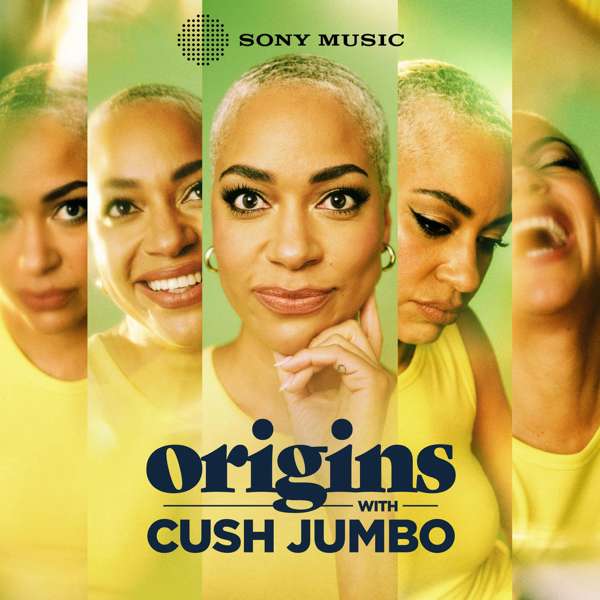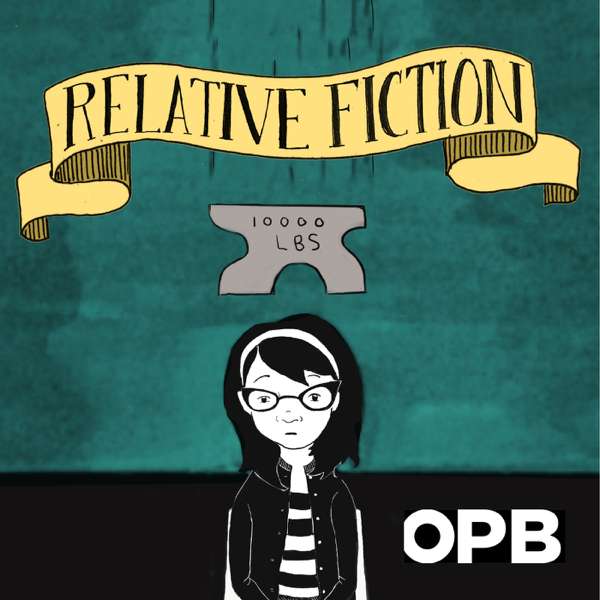In this episode, Matt and Chris take a look at a recent developmental psychology paper on the social evaluation of young babies. Do they display a preference for agents who are nice to others or could they care less at the babbling age? This is a large-scale, multi-lab, preregistered replication effort of a rather influential paper so it ticks all of Chris' Open Science boxes, but how does Matt react? Is he stuck in his pre-replication crisis paradigms? Join us to find out and along the way find out about baby Matt's psychotic tendencies, how cats feel about cucumbers, and how Matt narrowly escaped being eaten by a big ol' crocodile.
Paper Reference: Lucca, K., Yuen, F., Wang, Y., Alessandroni, N., Allison, O., Alvarez, M., ... & Hamlin, J. K. (2025). Infants’ Social Evaluation of Helpers and Hinderers: A Large‐Scale, Multi‐Lab, Coordinated Replication Study. Developmental Science, 28(1), e13581.
Original Study: Hamlin, J. K., Wynn, K., & Bloom, P. (2007). Social evaluation by preverbal infants. Nature, 450(7169), 557-559.
Decoding Academia 32
00:00 Introduction
00:59 Matt's Close Shave with a Crocodile
03:15 Discussion on Crocodile Behavior
05:13 Introduction to the Academic Paper
06:18 Understanding Registered Reports
07:49 Details of the Replication Study
12:07 The Many Babies Study
18:23 Challenges in Developmental Psychology
20:35 Original Study and Replication Efforts
26:27 HARKing and the QRP problem in psychology
34:24 Discussing the Results
36:58 Exploring the Red Ball Experiment
39:38 Forest Plot Analysis
41:19 Infant Preferences and Social Evaluation
43:24 Failure to Replicate the Original Study
47:06 Exploratory Analysis and Moderators
50:03 Interpretations and Implications
54:21 Evolutionary Perspectives on Social Behavior
58:34 Prosocial Evolutionary Speculation
01:05:10 Psychopathic Baby Matt
01:06:28 Concluding Thoughts and Reflections
01:11:20 Comparative Psychology on Snake Hatred!
The full episode is available for Patreon subscribers (1hrs 15 mins).
Join us at: https://www.patreon.com/DecodingTheGurus

 Our TOPPODCAST Picks
Our TOPPODCAST Picks  Stay Connected
Stay Connected







